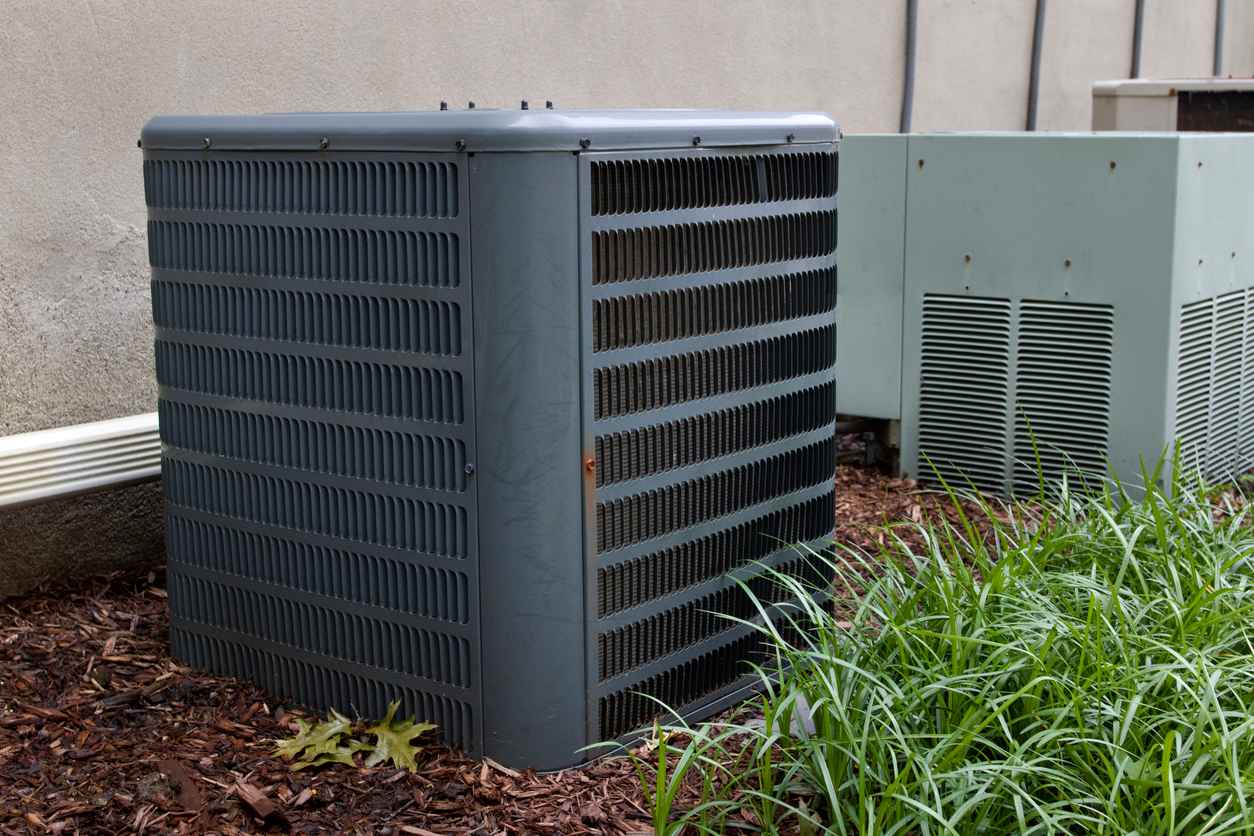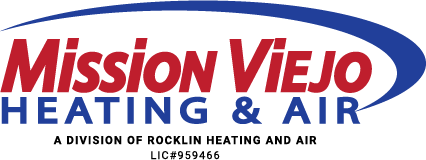Need Service Today? Contact Us Now!
Forced Air vs. Central Air
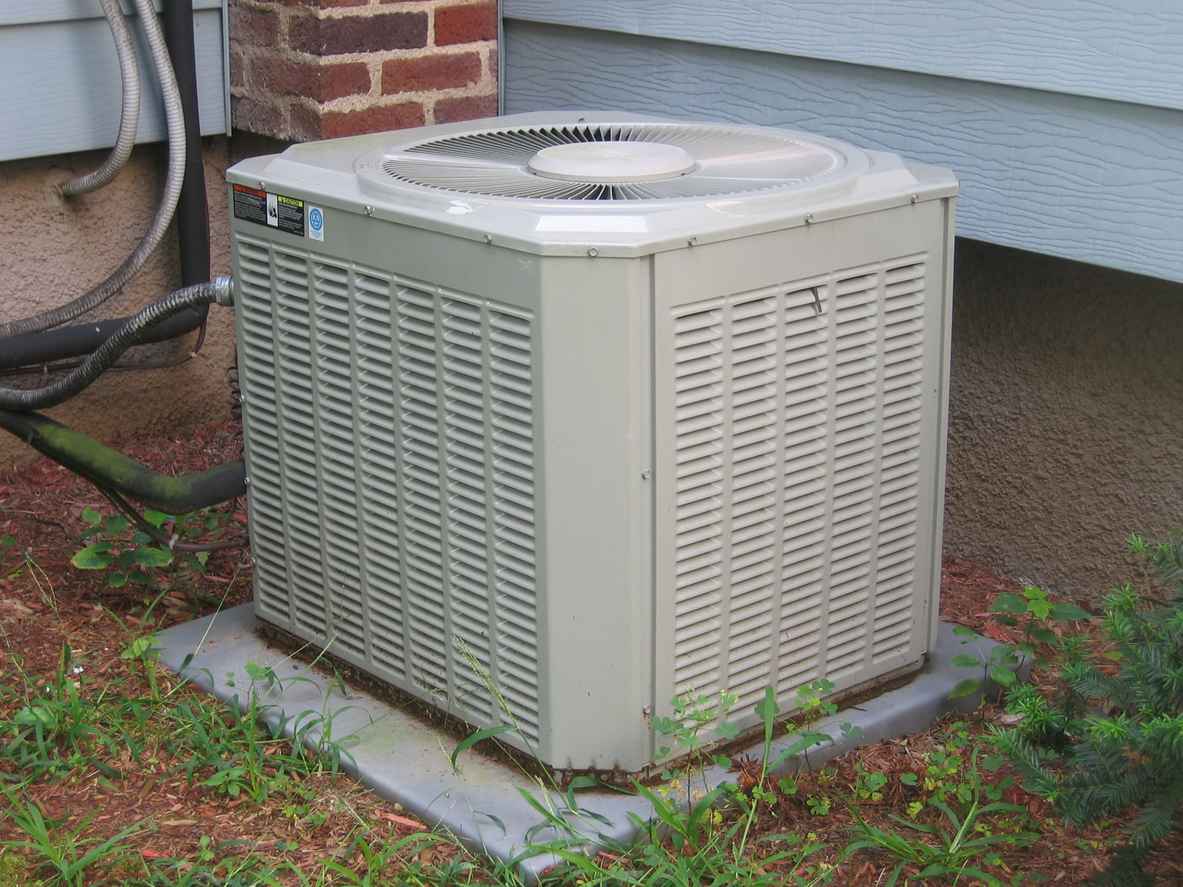
Ever hear the terms “forced air” and “central air” used like they mean the same thing? You’re not alone—but they’re actually different parts of your home’s HVAC system. Understanding the difference can help you make better choices when it comes to heating, cooling, maintenance, or upgrades.
While both systems use ducts to move air throughout your home, one refers to how the air is moved and the other to what type of air is being delivered. That distinction matters when evaluating efficiency, comfort, and equipment. In this blog, Mission Viejo Heating & Air breaks down the key differences between forced air and central air—and helps you decide what’s right for your home.
What is a Forced Air System?
A forced air system refers to the method used to distribute heated or cooled air throughout your home. It relies on a blower fan to push air through ductwork and out through vents in each room. What’s important to note is that “forced air” doesn’t refer to a specific heating or cooling device—it’s all about how the air gets moved.
Forced air systems can be used with:
- Furnaces (for heating)
- Heat pumps (for both heating and cooling)
- Central air conditioning systems (for cooling)
Because the air is “forced” into your home through ducts, these systems are known for quick, even distribution and can be paired with air quality add-ons like filters, humidifiers, and purifiers.
What is a Central Air System?
A central air system is a type of air conditioning system designed specifically to cool your home using a centralized unit. It works by pulling warm air from inside your home, cooling it through a refrigeration cycle, and then redistributing that cool air through the same ductwork used by your forced air system.
Key features of central air:
- It includes a condenser unit (usually located outside) and an evaporator coil (located inside, typically attached to the furnace or air handler).
- A refrigerant absorbs heat from the indoor air and moves it outside.
- It relies on the blower fan from your forced air system to push the cooled air through your vents.
In other words, central air is always part of a forced air system, but not every forced air system includes central air.
Key Differences Between Forced Air and Central Air
While these terms are often confused, forced air and central air refer to different parts of your HVAC system. Understanding the distinction can help you determine what system you have—and what upgrades or services you may need.
Function
- Forced air refers to the method of air distribution. It can move either heated or cooled air using ductwork and a blower.
- Central air refers to a specific cooling system that uses refrigerant and coils to lower indoor temperatures.
System Components
- Forced air systems may include a furnace, heat pump, or air handler.
- Central air systems include a condenser unit, evaporator coil, and refrigerant lines—always connected to a forced air system to move air.
Usage
- You can have forced air without central air, such as a furnace-only setup for heating.
- You cannot have central air without forced air, since it depends on ducts and fans to circulate cooled air.
In short: forced air is the delivery system, and central air is the cooling source that uses that system to do its job.
Pros and Cons of Each System
Both forced air and central air systems offer comfort and convenience—but depending on your home and needs, one may suit you better than the other. Here’s a breakdown to help you compare:
Forced Air Pros
- Versatile: Works with heating, cooling, or both.
- Quick, even air distribution: Ideal for whole-home comfort.
- Easy add-ons: Can integrate air filters, humidifiers, or purifiers for improved indoor air quality.
Forced Air Cons
- Duct maintenance required: Ducts can accumulate dust or develop leaks.
- Can spread allergens: If filters aren’t changed regularly, dust and allergens may circulate.
Central Air Pros
- Consistent cooling: Keeps your entire home at a uniform temperature.
- Quiet operation: Most of the noisy components are located outside.
- Improved air quality: When combined with a clean filter and maintained ductwork.
Central Air Cons
- Installation costs: May be expensive to install if your home doesn’t already have ducts.
- Dependent on forced air delivery: Requires a functioning duct and blower system to work.
Understanding these trade-offs can help you make the right decision when upgrading, replacing, or troubleshooting your home’s HVAC system.
Which One Do I Have–and Which Should I Choose?
If you’re unsure what type of system is in your home, a quick inspection can usually give you the answer:
- Look at your indoor unit:
- If you see a furnace only, you likely have a forced air system for heating.
- If there’s also a connected outdoor AC unit, you have central air working within a forced air system.
- If you see a furnace only, you likely have a forced air system for heating.
When choosing a system for your home, consider:
- Climate needs: In a warm climate like Mission Viejo, central air is essential for reliable cooling.
- Existing infrastructure: If your home already has ductwork, central air is more cost-effective to install.
- Energy efficiency: Modern central air systems offer excellent cooling and can be paired with smart thermostats and zoning for better control.
- Whole-home comfort: Forced air with central air provides quick, even temperature control across multiple rooms.
Still not sure what’s best? A licensed HVAC technician can evaluate your setup and recommend the ideal solution for your space, lifestyle, and budget.
Trust Mission Viejo Heating & Air to Guide Your HVAC Decisions
Whether you’re upgrading your system or trying to understand how it works, knowing the difference between forced air and central air is key to making smart decisions. Remember—forced air refers to how heated or cooled air is delivered, while central air is the system specifically responsible for cooling your home.
If you’re unsure which system you have, or you’re ready to explore your options for improved comfort and efficiency, the experts at Mission Viejo Heating & Air are here to help.
Contact us today for professional HVAC advice, service, and installation you can trust throughout Mission Viejo and surrounding areas.
Recent News
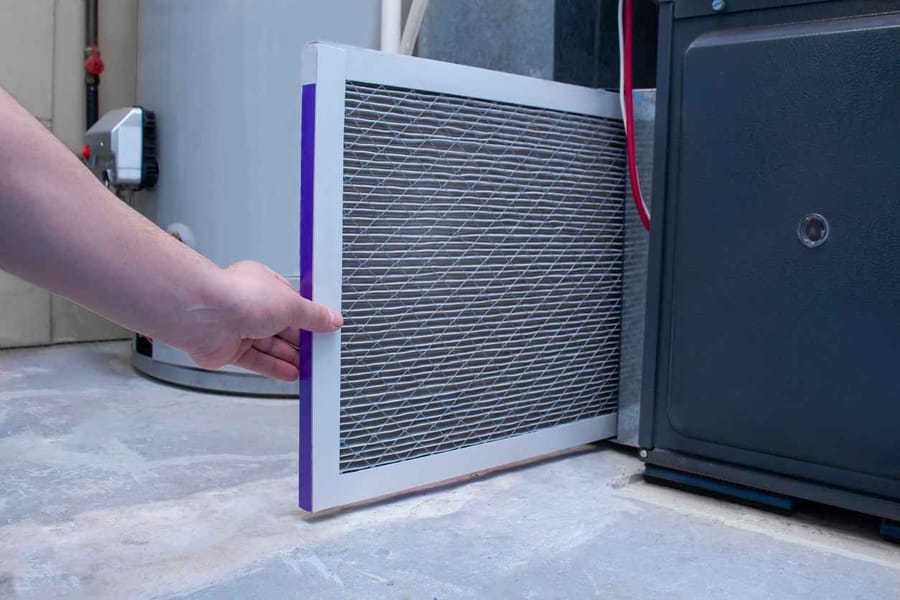
The Importance of Seasonal HVAC Maintenance in Southern California
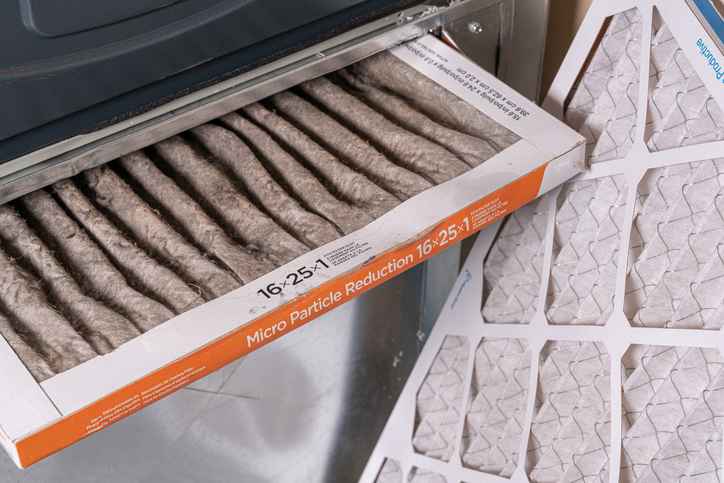
Signs it’s Time to Replace Your Furnace or Heating System
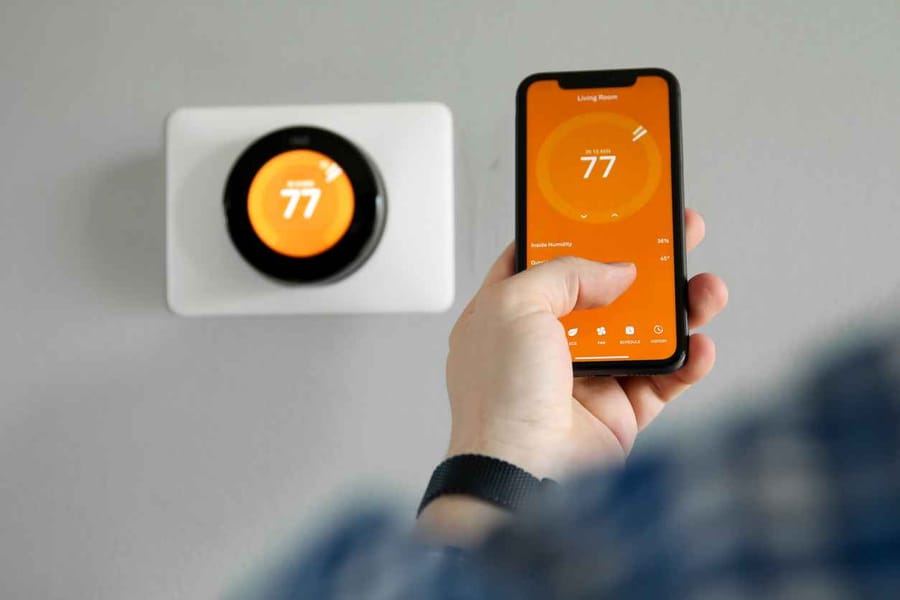
Do You Really Need a Smart Thermostat? Pros, Cons & ROI Explained
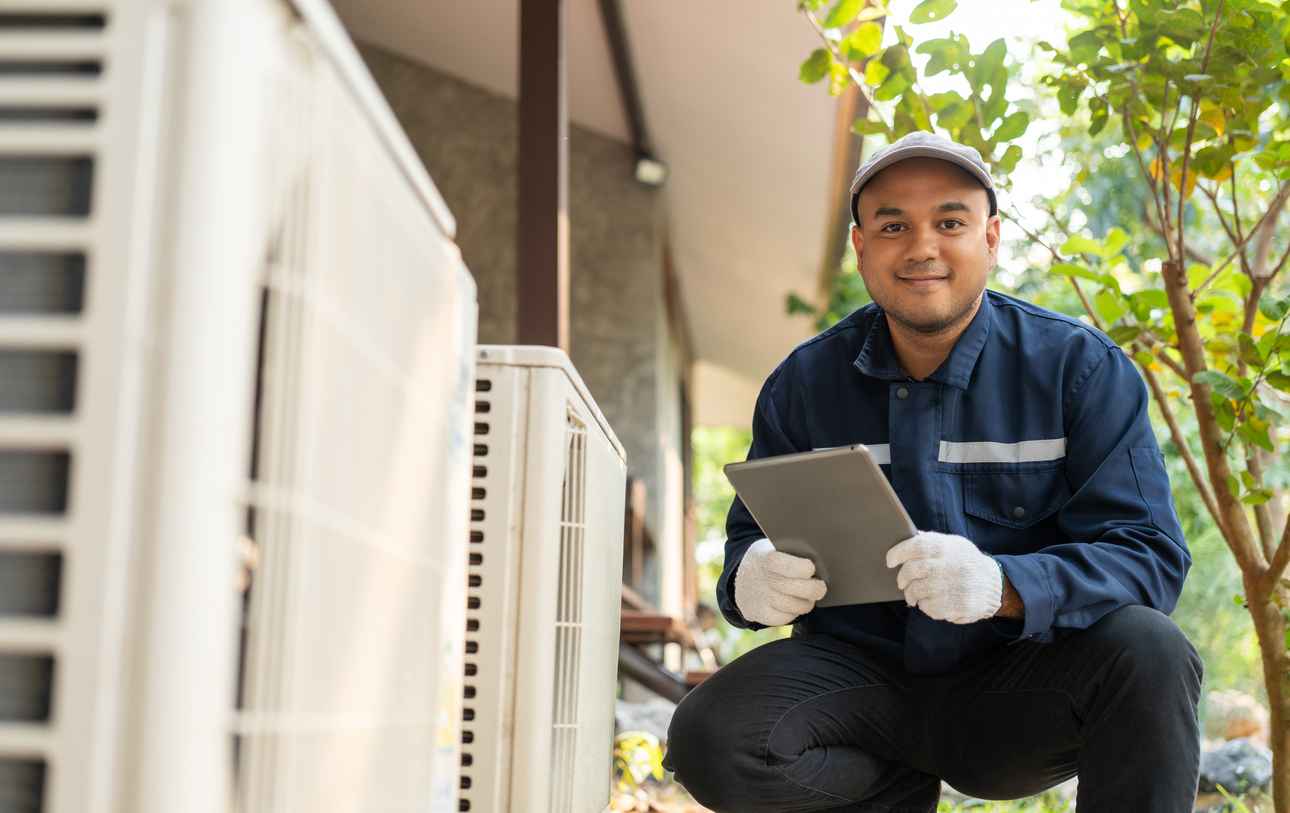
What to Ask Before Hiring an HVAC Contractor in Orange County
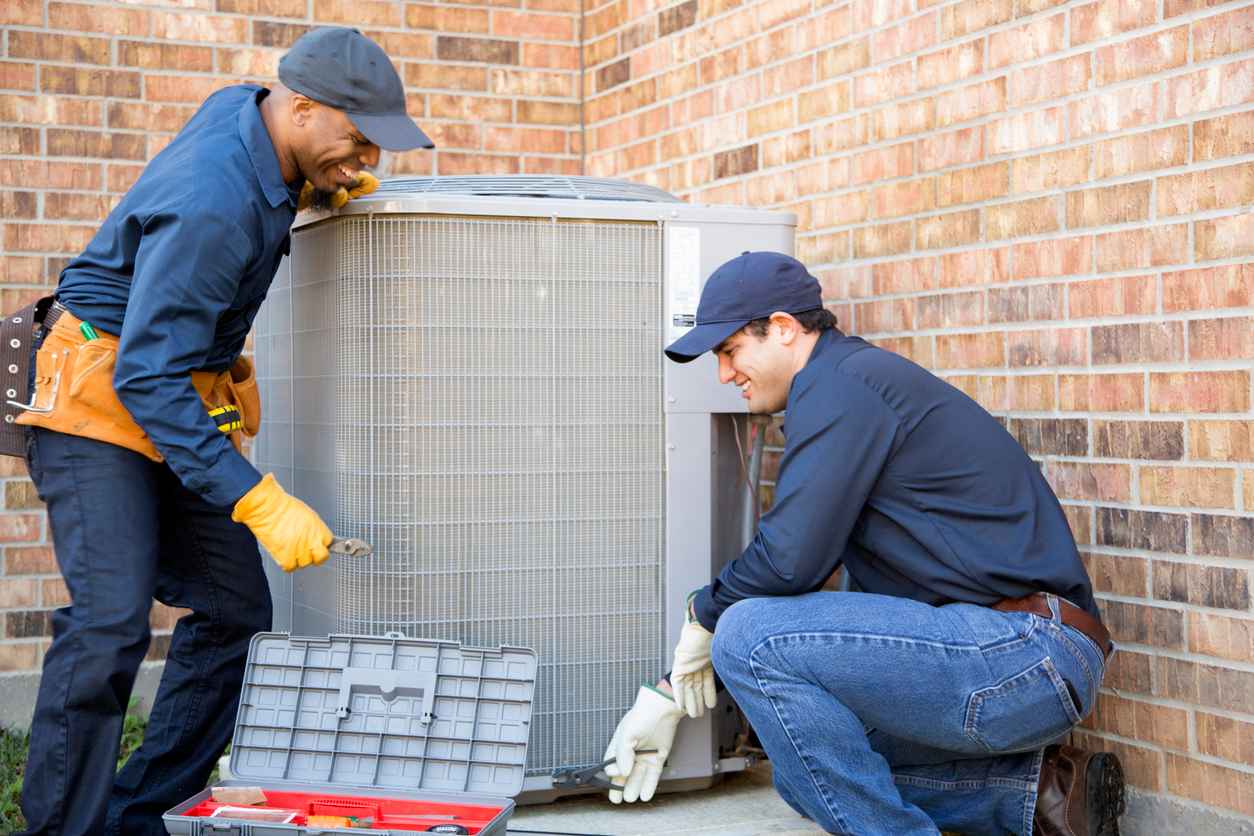
The Complete HVAC Maintenance Checklist for Southern California Homes
